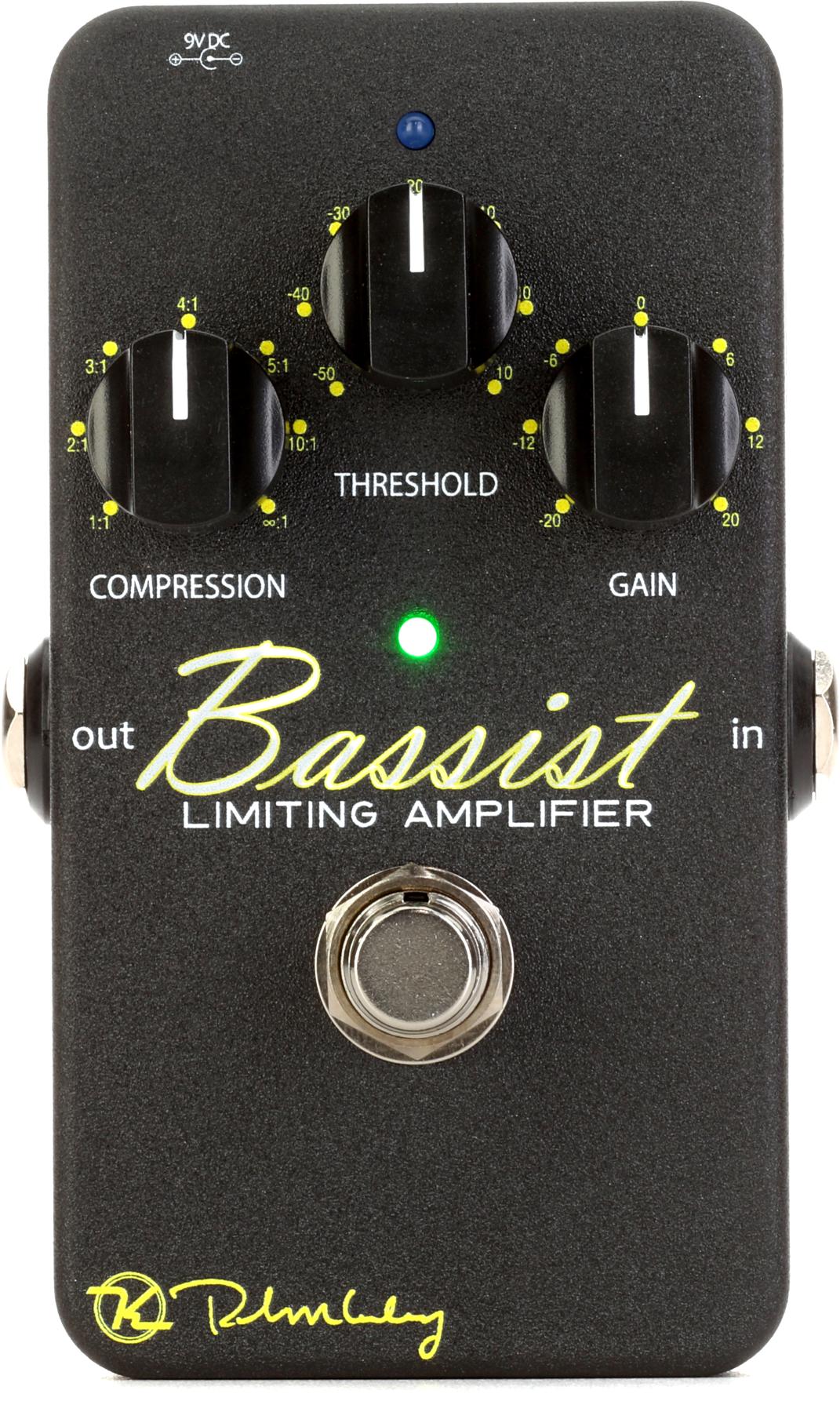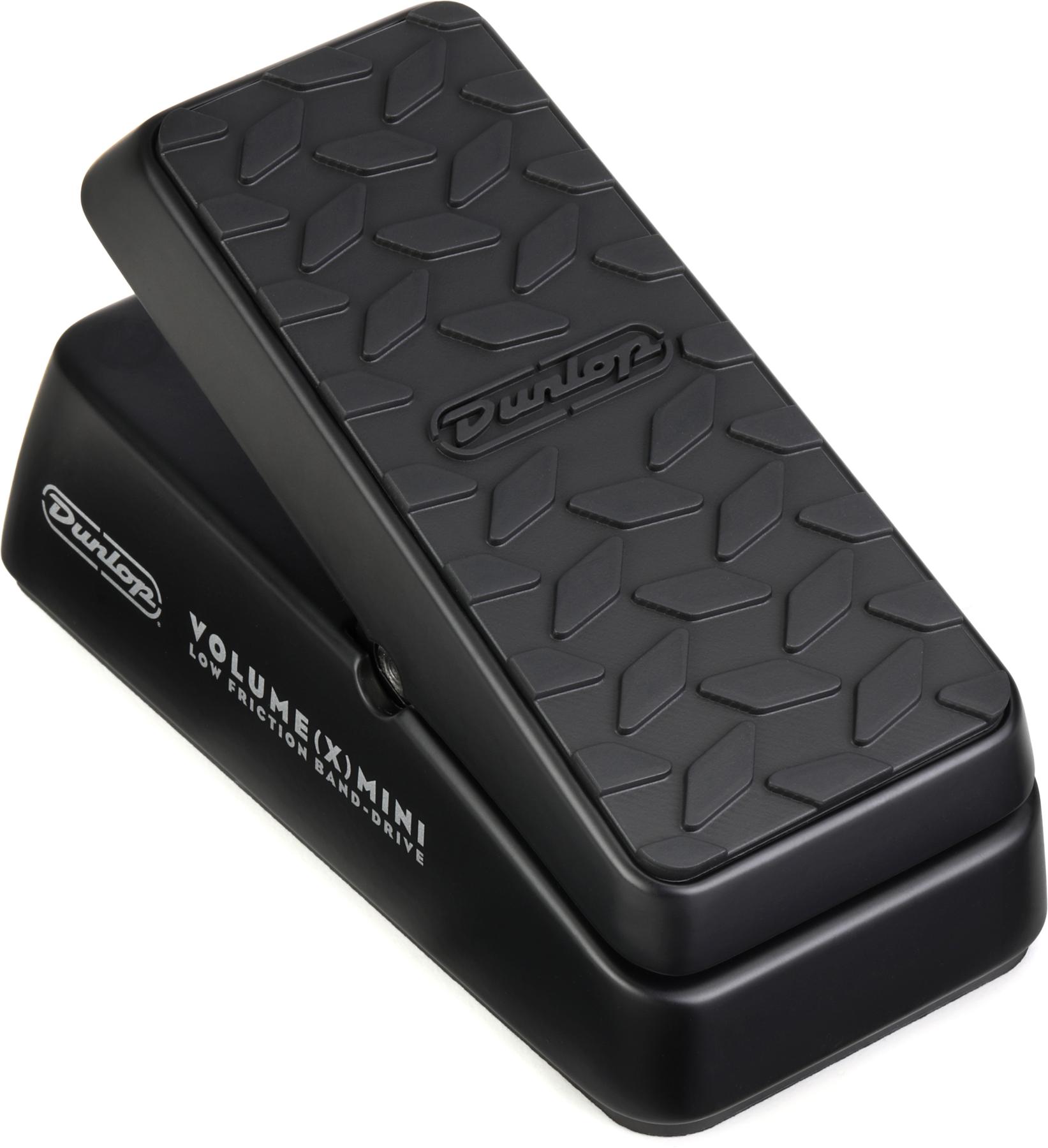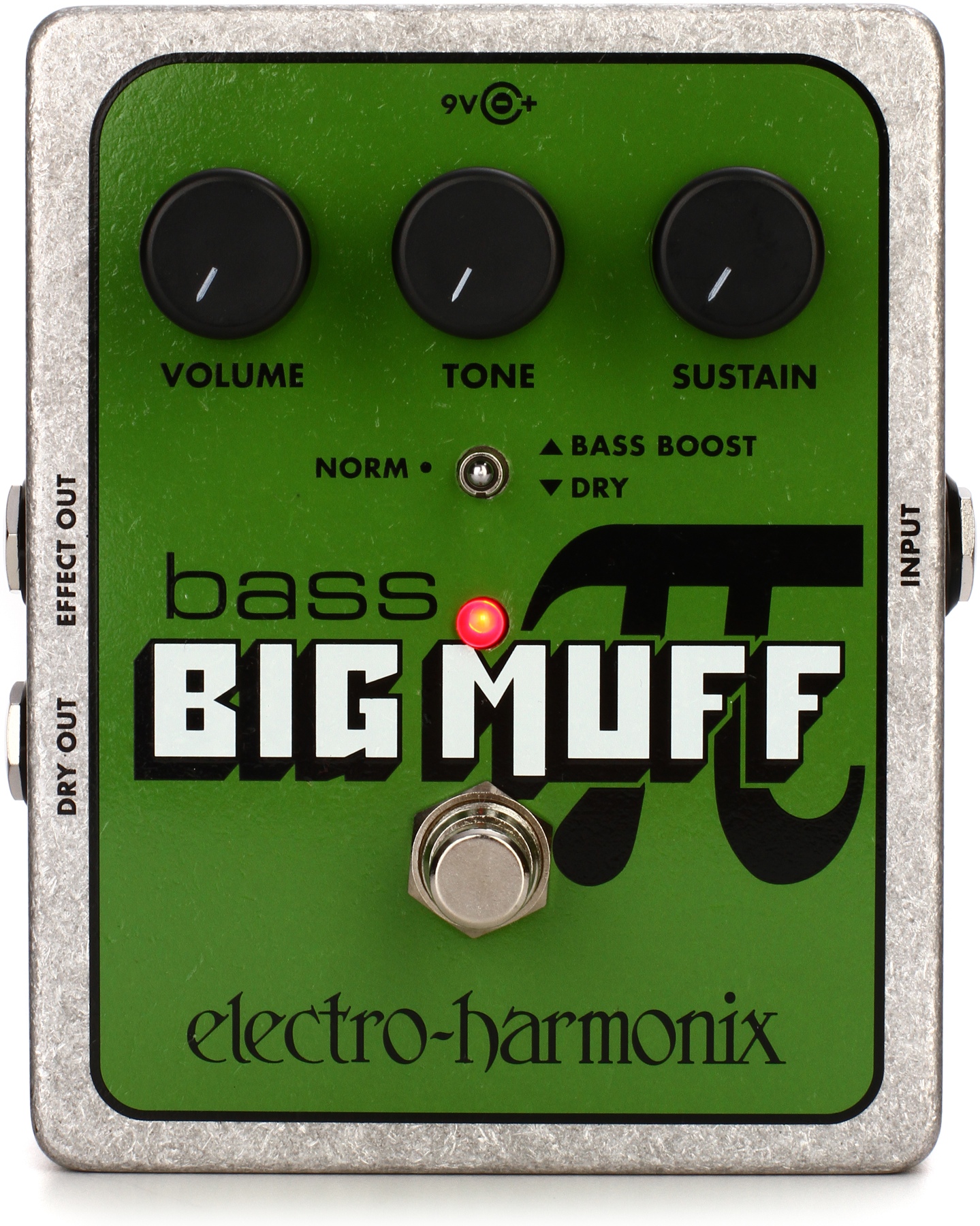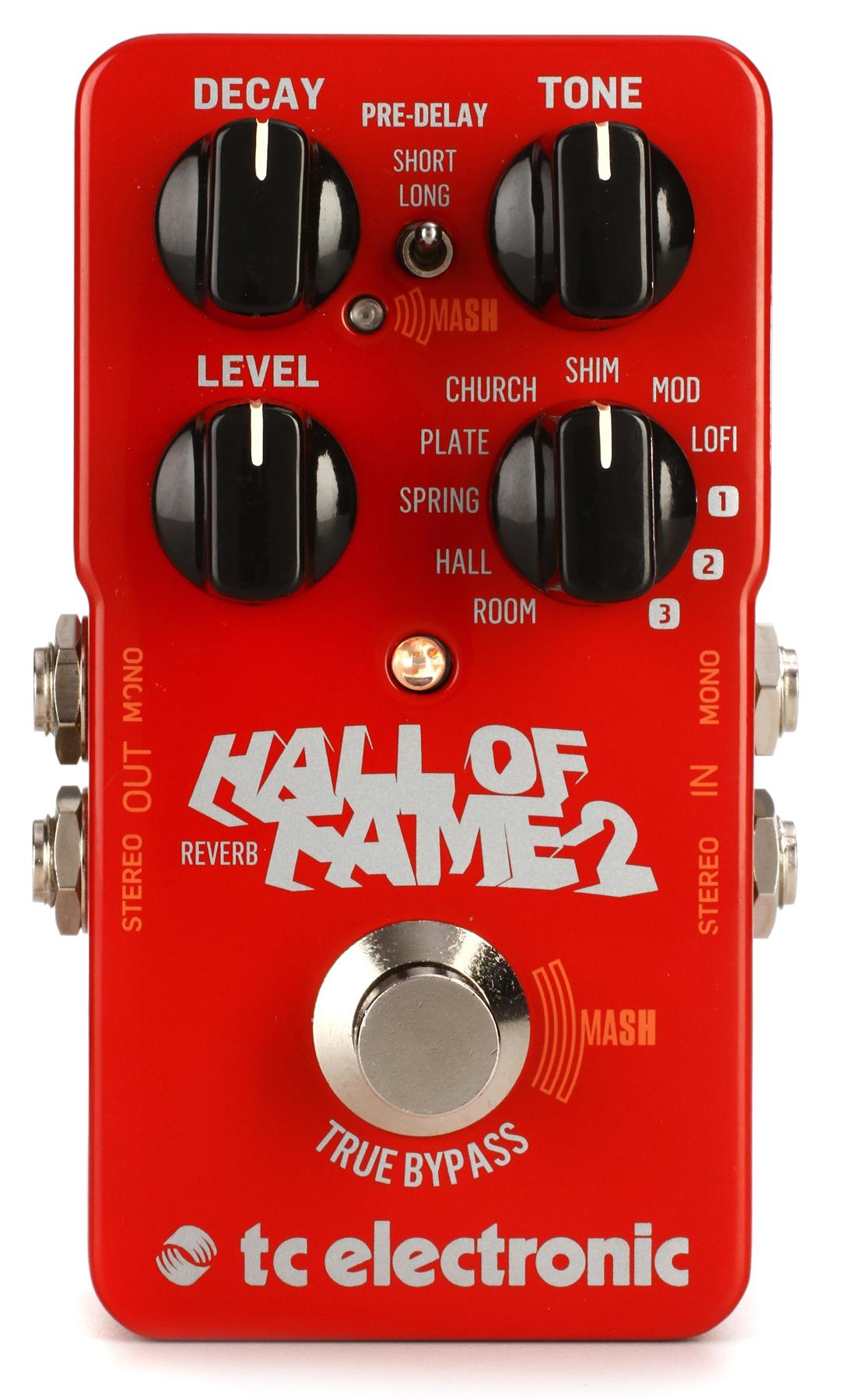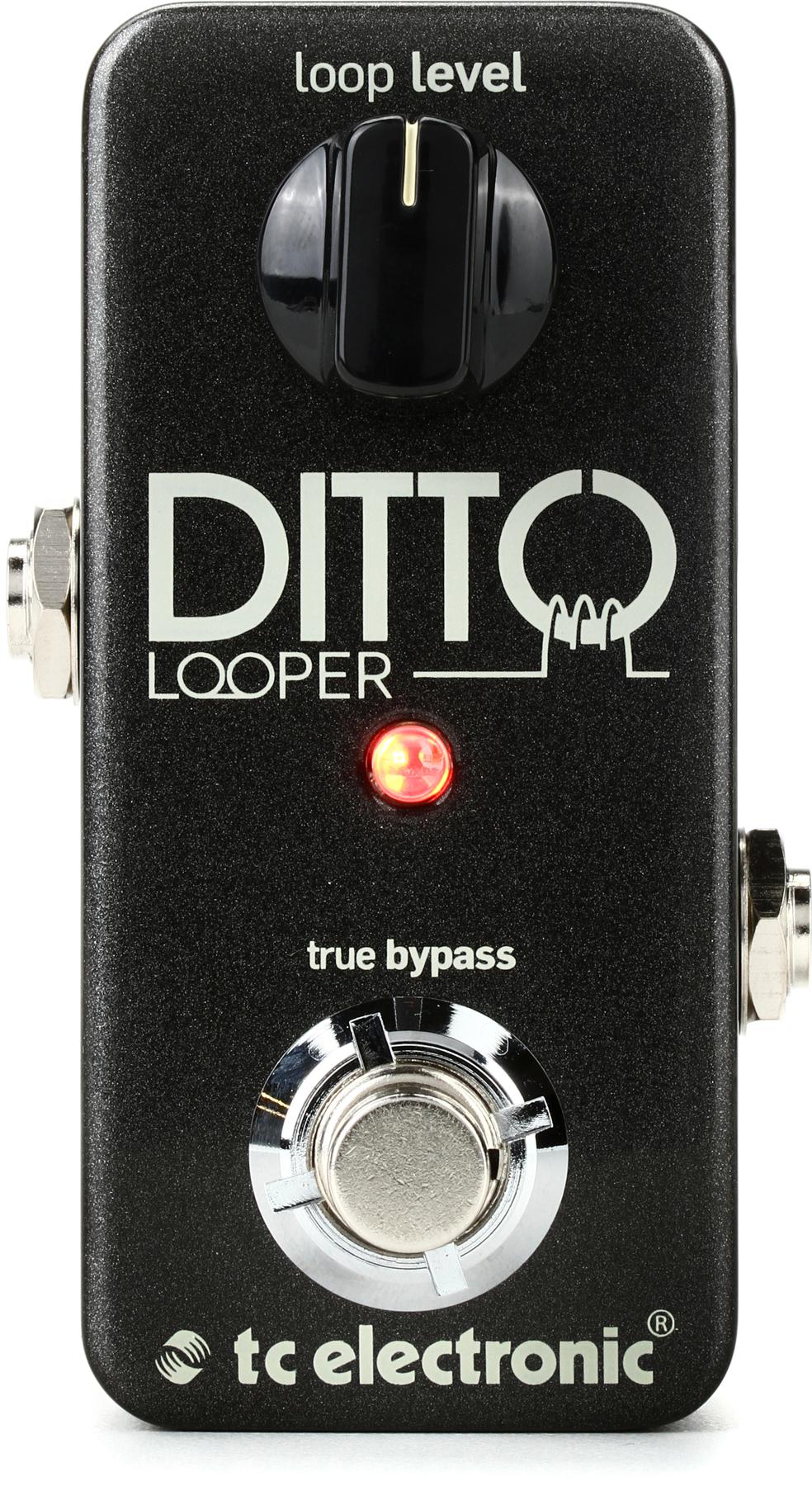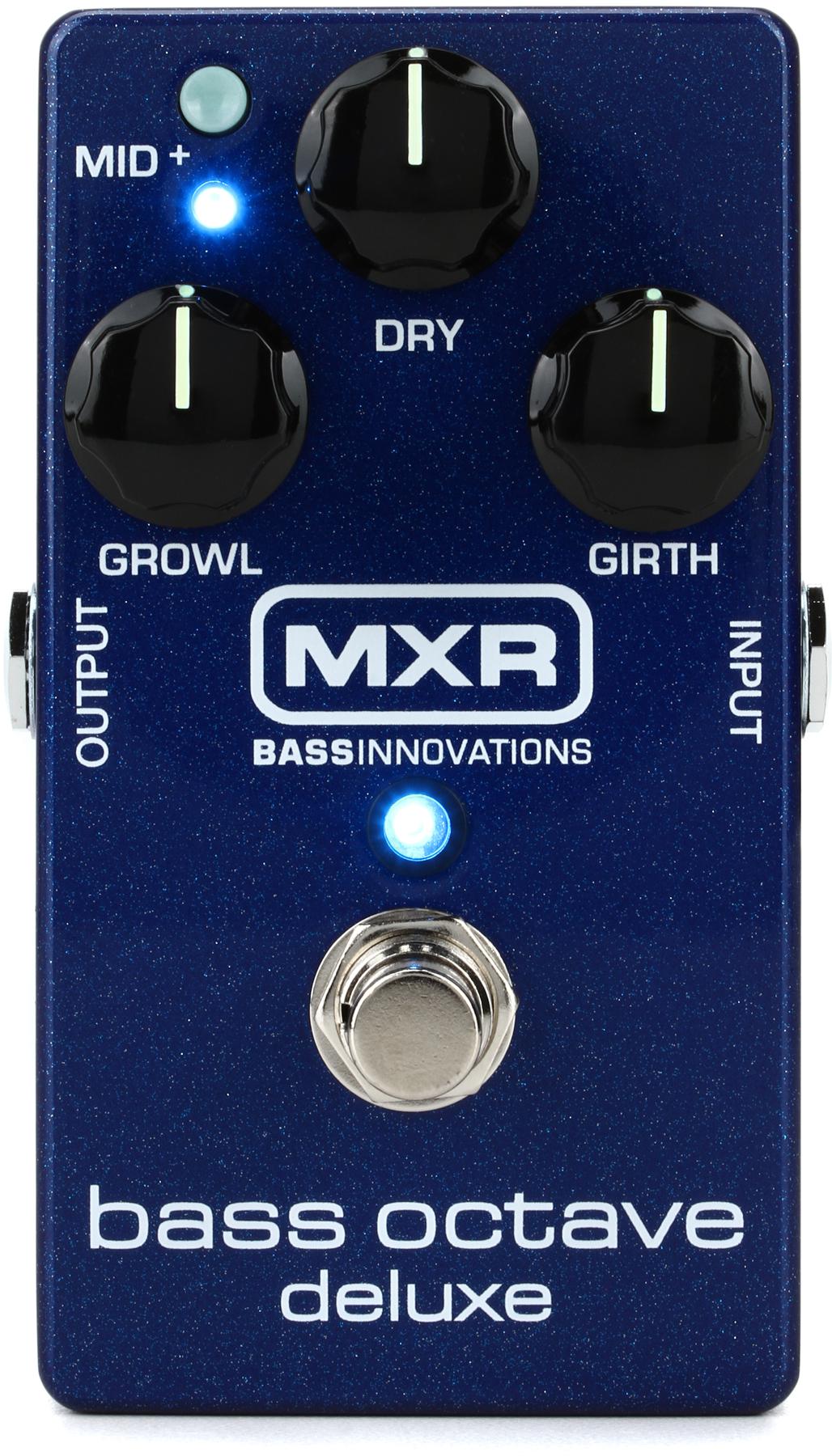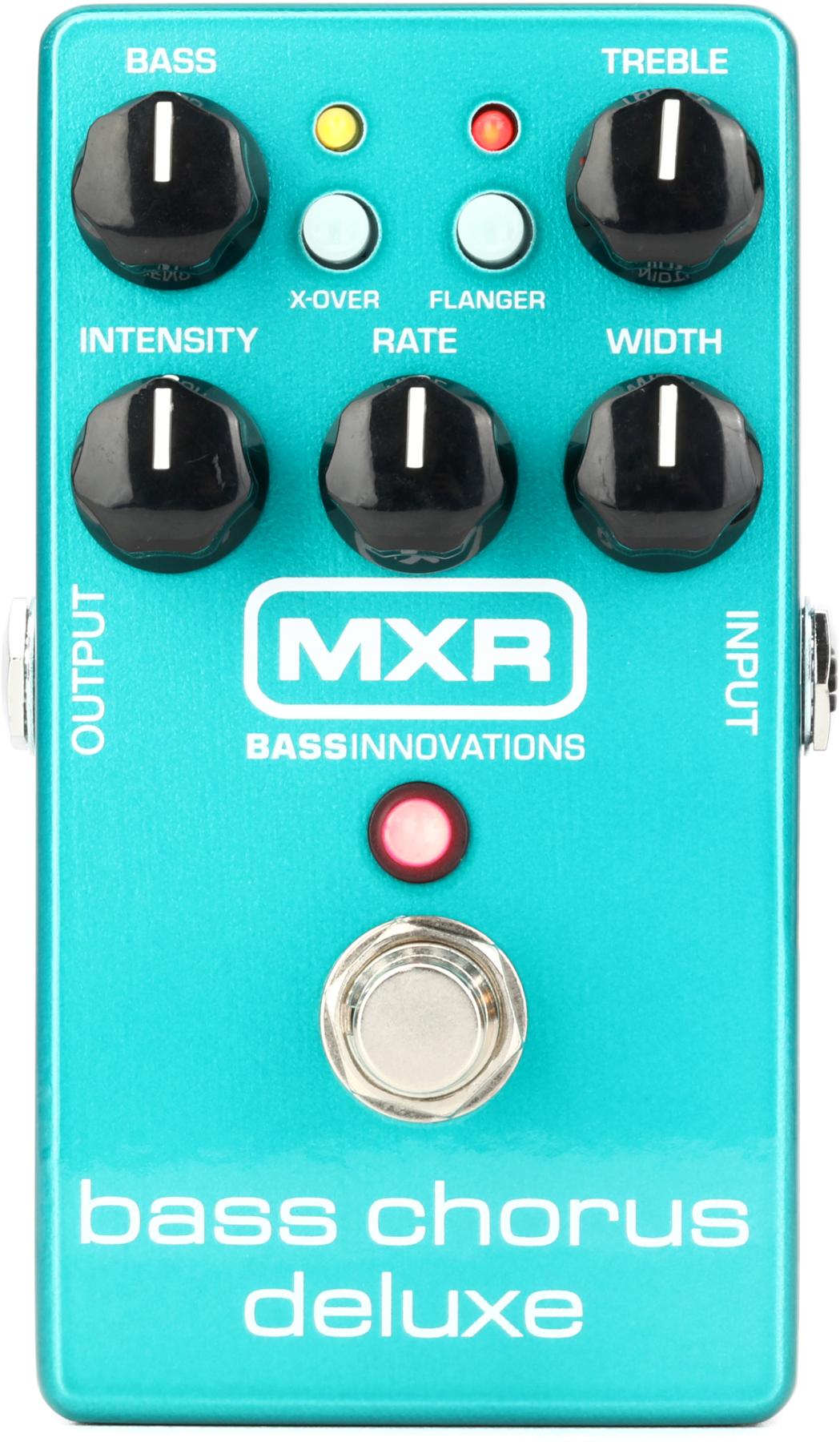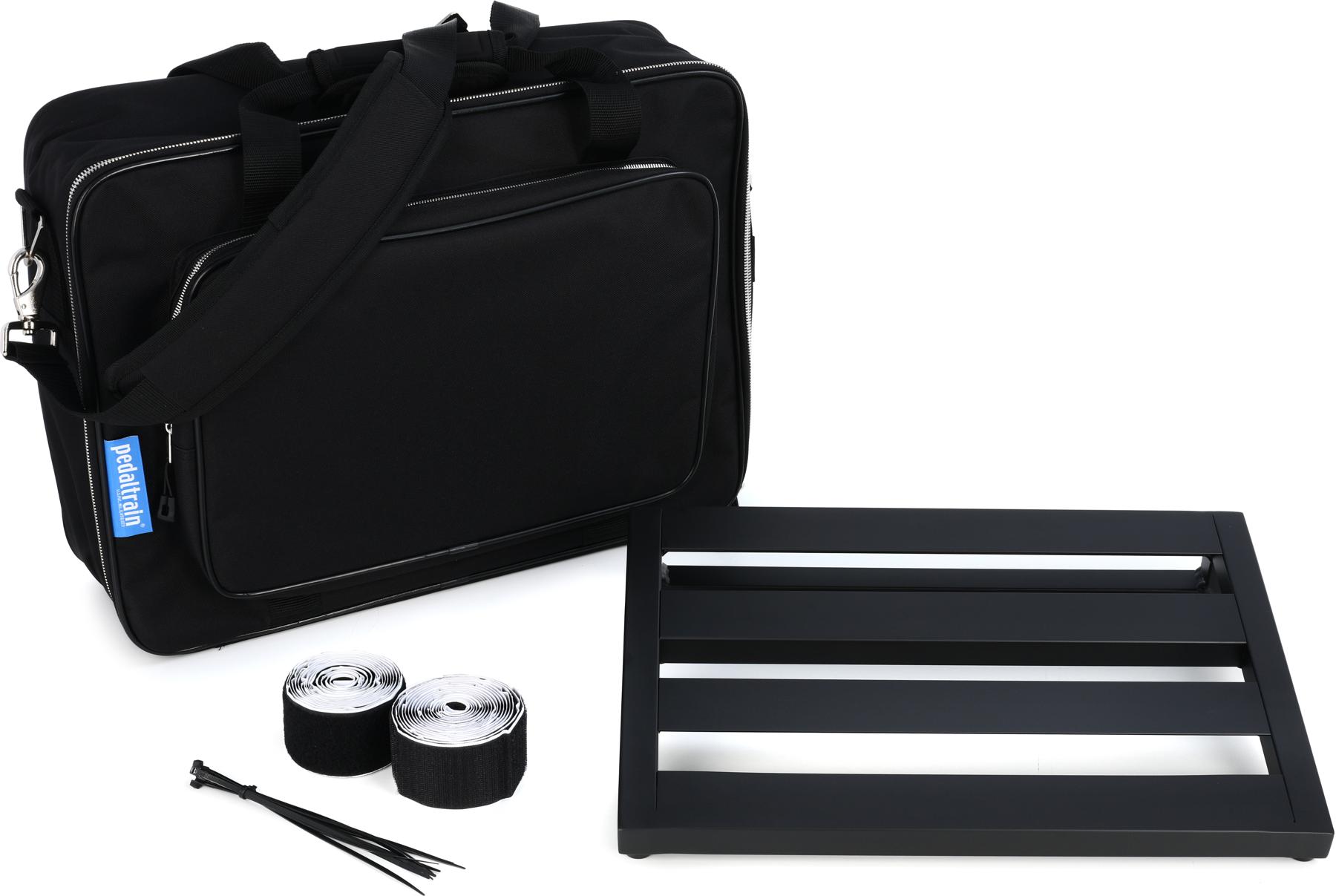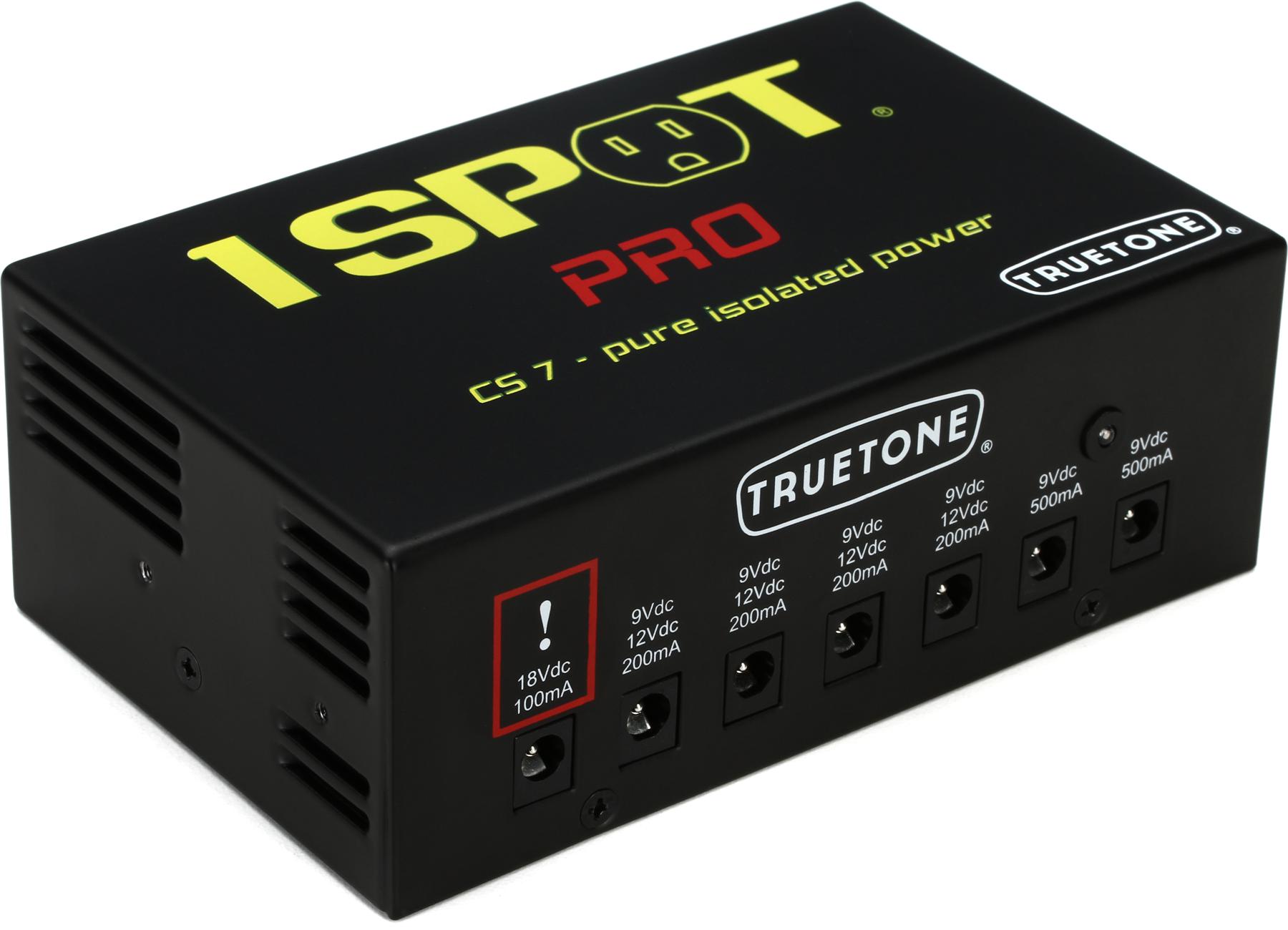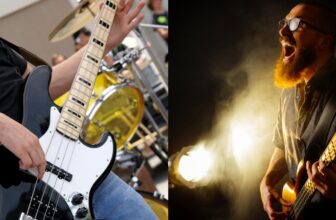How to Set Up a Bass Guitar PedalBoard
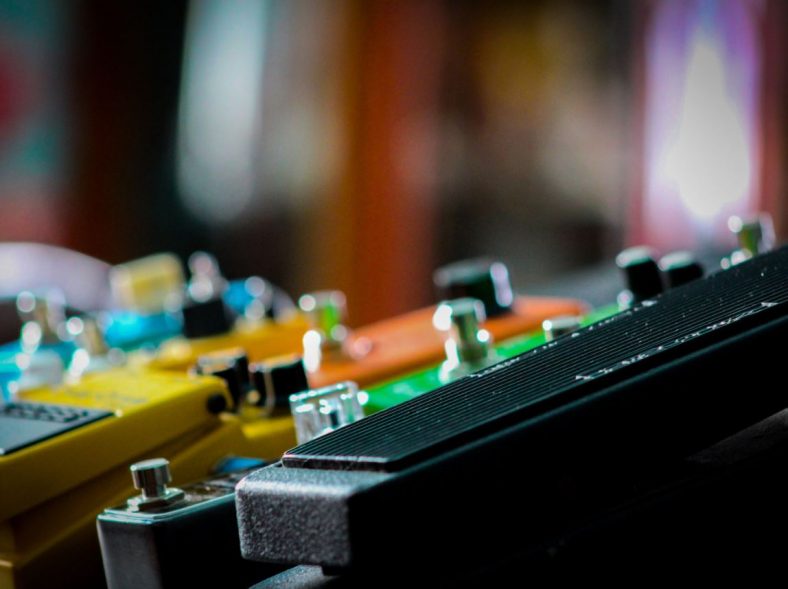
A bass guitar pedalboard can be quite easy to set up as long as you follow a few simple concepts.
There are various pedals that are generally used by almost any bass player out there. The few that always come to mind are: Compressor, Overdrive, Looper, Chorus and Volume. These are by far the most used pedals. All of them combined make the perfect pedalboard for almost every genre, but we will get to that in a minute.
The choice still varies of what genre you play and may require something other than the ones I mentioned before like: Delay, Reverb, Freeze, Fuzz, etc. It all comes down to personal preference in the end, but needless to say, let’s dive in with the more popular ones.
Contents
- Essential Effects Pedals For Bass Guitar
- Other Effects Pedals to Consider
- What do you need for a bass pedalboard?
- Truetone 1 SPOT PRO CS7 7-output Isolated Guitar Pedal Power Supply
- How do you set up a bass pedalboard?
- Can guitar pedals be used on bass?
- In what order should you put your pedals on a pedalboard?
- How important is a soft case?
- Summary
Essential Effects Pedals For Bass Guitar
There are many different types of bass pedals to choose from, but the ones that stand out the most for me are Compressor (a must-have in my opinion), Volume and Overdrive.
These 3 combined already make a huge difference in the overall performance and sound of any bass guitar.
Compressor
Probably the most important pedal for any bass player’s pedalboard. The more commonly used one is Keeley Bassist Limiting Amplifier Bass Compression Pedal.
What this pedal does is even out any unnecessary levels for a more clear and consistent sound. So let’s say for example you play a note really faint or a note hard. What it does is balance everything out so that the common listener doesn’t hear those irregularities, instead gets a natural, full sound.
There are many benefits from this pedal in particular. It also improves the natural sustain a note should have and makes the sound engineer’s job way easier in so many ways.
Each artist can make their own preset on the pedal, to get the desired sound and compression level they need.
Volume
There are a few volume pedals that can get the job done, but one of the more frequently used is the Dunlop DVP4 Volume (X) Mini Pedal.
The Volume pedal allows the artist to have more control. Essentially gives you the option to fade in and fade out with your sound, to make the transition more smooth. Or just the basics things like tuning between songs, so you don’t have to lower it directly on your bass volume knob. Instead, use the pedal until your bass is tuned and ready to play.
This pedal works well when you have a fully equipped pedalboard. Combined with other effects to give the artist the desired freedom and control. In addition, this is a crucial component to improve your performance.
Overdrive
Another must-have for any bass player is the Overdrive pedal. One of the few that stands out is the Electro-Harmonix Bass Big Muff Pi Bass Fuzz Pedal.
Rather than trying to get the desired distortion from your AMP by turning it up, that involves a lot of unnecessary noise and cracks. This is where the overdrive pedal comes into play. It helps contain the chaotic nature of the distortion to a more controlled level.
The pedal has its settings that can be adjusted by artists to suit their preferences. In my opinion, no pedalboard is complete without an Overdrive.
Other Effects Pedals to Consider
Although the aforementioned pedals are the most crucial, this still varies by the genre of music being played. As different genres require different sounds and effects. So here are other effects pedals to consider.
Reverb
If you play instrumental music and need a more ambient and atmospheric sound then this is the pedal for you. The most used one worldwide is the TC Electronic Hall Of Fame 2 Reverb Pedal.
It doesn’t have to be just instrumental music, as this pedal adds more richness to your sound and gives you a more complete expression of each note. You can look at it as giving each tone a chance to reach its full potential.
The settings on this pedal are truly amazing. There are a lot of different options you can go with to get the desired sound and even save that preset for later use. A lot of artists all over the world use this pedal, so if you hear anything you like you can just copy their preset and enjoy the magic.
Looper
The name itself is self-explanatory. Loopers are essential instruments for one-man bands as they allow you to save your work on a loop and then play other stuff over it. The more frequent example for this pedal would be the TC Electronic Ditto Looper pedal.
A lot of famous musicians use this as their go-to pedal. Since many of them prefer to do a solo act, they need to make it sound like they are accompanied by an entire band. This pedal gives them that option. A more notable artist would be Ed Sheeran, as he constantly relies on this pedal for all his performances.
Octave
The Octave provides you with the option to make your bass sound like two instruments playing at the same time. There are a few Octave pedals worth mentioning, one of which is the MXR M288 Bass Octave Deluxe.
Having the option to go lower or higher at any given moment, but still keeping the same note is the control any bass player should have. The possibilities are endless with this effect. A little bit of playing around might result in something quite beautiful for the listeners.
Chorus
Quite similar to the Octave pedal, the chorus provides a whole different approach to your performance and overall sound. The MXR M83 Bass Chorus Deluxe Pedal is most likely the thing you need.
The Chorus pedal can be used in almost every aspect of your performance. It helps add more color and thickness to your sound. You can use it with your overdrive and even clean bass just to boost your varieties.
Similar to the Octave, it gives the sense of two instruments playing at the same time, but a little different, as the Chorus offers a more natural sound.
What do you need for a bass pedalboard?
First and foremost you would need a pedalboard kit. The one I would recommend is Pedaltrain Classic Jr SC 18″x12.5″ Pedalboard.
This is the optimal size for all the bass pedals you may need. In addition to being extremely practical, it is also very easy to use.
Another essential part of any pedalboard is a power supply to help you charge each pedal all at once and all in one spot. This is necessary, as all live performances require personal space management. Having all your pedals in one place with very little space required is what you need.
Check to see if your power supply has the preferences you require for your specific pedals. Also, see if the power supply you want can support all of your pedals before purchasing. If you are looking for a recommendation then we suggest the Truetone 1 SPOT PRO CS7 7-output Isolated Guitar Pedal Power Supply.
Truetone 1 SPOT PRO CS7 7-output Isolated Guitar Pedal Power Supply
How do you set up a bass pedalboard?
The pedalboard kit is pretty straightforward regarding its function. The basic setup would be to place each pedal next to each other with the proper space in between them to give room for the connecting cables. You do not want your lines intertwining because it may interfere with the signal of the pedal. The power supply should be in the top left corner, to help guide all your cables upwards. And you want your connecting cables to be under the platform to avoid any unnecessary collision.
Can guitar pedals be used on bass?
A lot of guitar pedals can be used on bass, but you might not get the desired sound you need. Each pedal is specifically designed to serve an electric guitar, a bass, or even an acoustic guitar, so you might get the idea of why the best possible outcome will not be achieved. Different methods are used in creating these specific pedals, and although you can use them on bass, it might not be preferable. The better option would be to search for suitable pedals for bass guitar as there is a variety of them on the internet.
In what order should you put your pedals on a pedalboard?
There is no right way on how you should organize your pedalboard, to be honest. Maybe just put the ones you use more frequently on the lower part of the board, to make your reach easier and not have to struggle each time you need them. Every artist is different and that’s why personal preference plays a huge role in this decision. Try out a couple of options to get the ideal reach and outcome that suits you most. Also, make sure to organize all of your cables when assembling your pedalboard.
How important is a soft case?
This issue is brought up quite often. And the correct answer is – It is extremely important. Preserving your pedalboard should be on the top of your priority list since there are multiple sensitive pedals prone to damage if they are not properly maintained. Selecting a good soft case will help keep the pedals intact. Rather than having to buy new pedals each time some of them get damaged. Simply buy a good soft case and the problem is solved.
Summary
A pedalboard is an invaluable asset to any bass player out there. Making great music requires the freedom of choice between the effects you are going to use. There are thousands of pedals out there. The real battle is choosing the right ones that will best suit your needs.
A good piece of advice would be to start with the essentials, then work your way around others and see where you go from there. A lot of them may very well be the bread and butter to your sound in general.
Find a suitable pedalboard kit and fuse your pedals with the right power supply to get the desired look and effect you need. Keep in mind that a good soft case is of great importance as well.
I hope this article was useful and will help a lot of bass guitarists on their journey.

